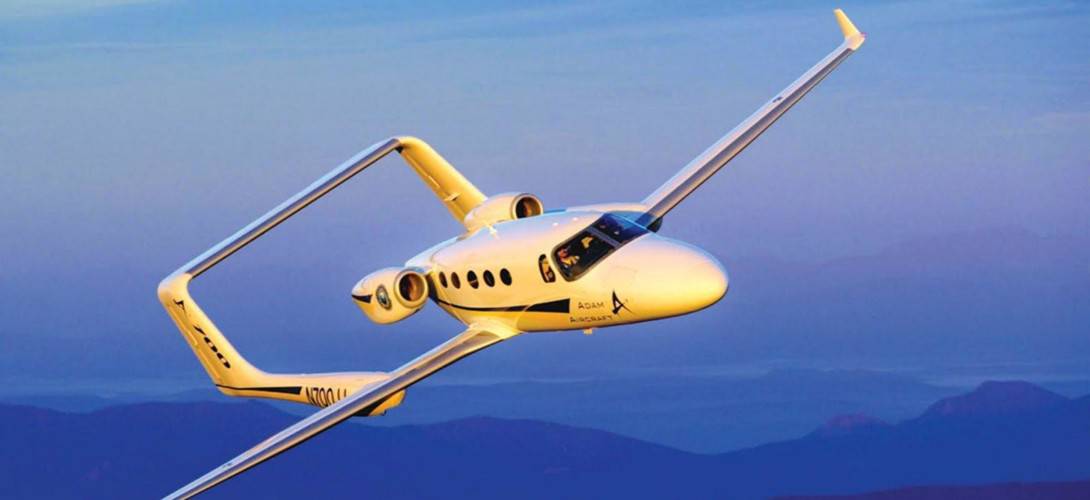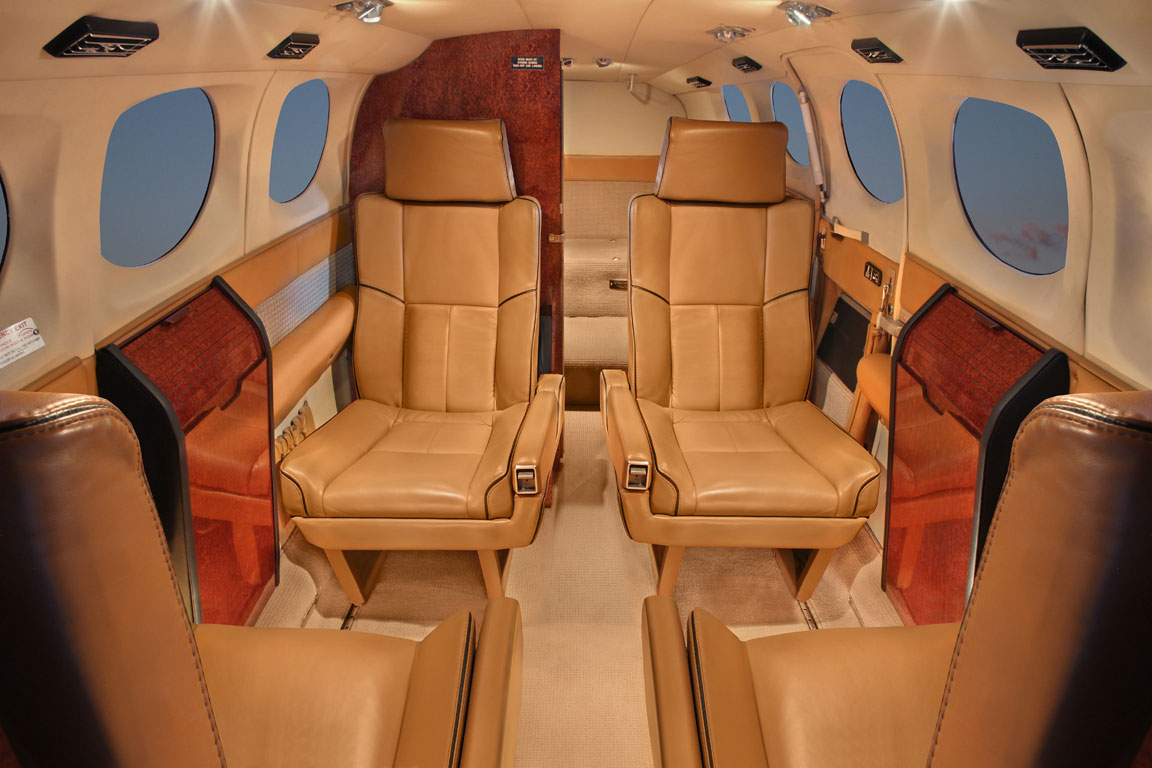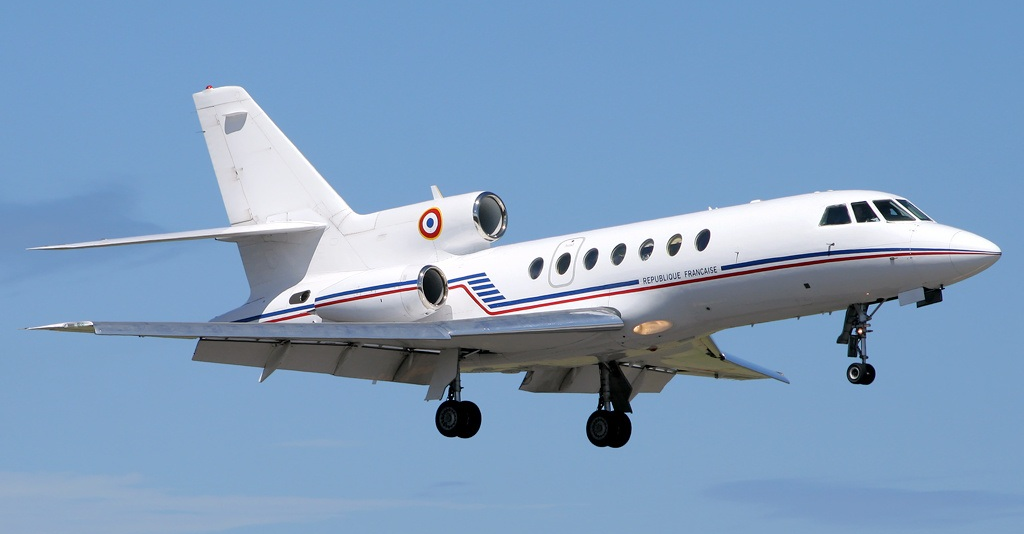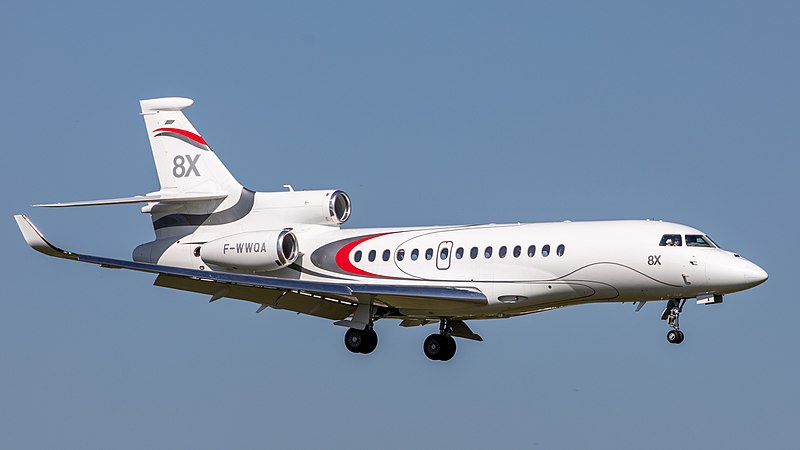The Adam A 700 light business jet, a brainchild of Adam Aircraft Industries, emerged as a promising entrant in the world of very light aircraft in 2003. Its development was a result of innovative engineering, aiming to offer a higher level of convenience and performance in the realm of light business jets. However, despite its potential, the project faced numerous challenges, ultimately coming to an end in 2009.
At the time, the hot, very light jet market (VLJ) included the Eclipse 500, developed by Eclipse Aviation. The Cessna Citation Mustang, developed by Cessna, and the Diamond D-Jet, developed by Diamond Aircraft. Honda also entered the VLJ market with its HondaJet, which featured an unusual twin-pylon design. Another VLJ that was announced at the time was the Epic Twinjet. Some other small jets, such as the Avocet, the Maverick, and the Safire, were also being developed, but they fell by the wayside.
The very light jet (VLJ) era began in the early 2000s, with several companies developing small jets designed for single-pilot operation and seating for 4-8 passengers. These aircraft were designed to offer a more affordable private jet travel option and compete with larger business jets. However, not all of these VLJs made it to market, and some companies faced financial difficulties during development. The VLJ market has continued to evolve since then, with new models and designs being introduced.
The prototype A700 made its first flight on July 28, 2003. The Adam A 700 AdamJet was conceptualized as a six-seat civil utility aircraft. Adam Aircraft Industries initiated its development in 2003 with the intention to create a jet-powered version of their piston-engined Adam A500. The A700's design incorporated approximately 80% commonality with the A500, including the central fuselage, twin wing-mounted booms, and the high horizontal stabilizer. The Adam A 700 was equipped with an Avidyne Entegra glass cockpit, offering pilots a modern and intuitive interface.
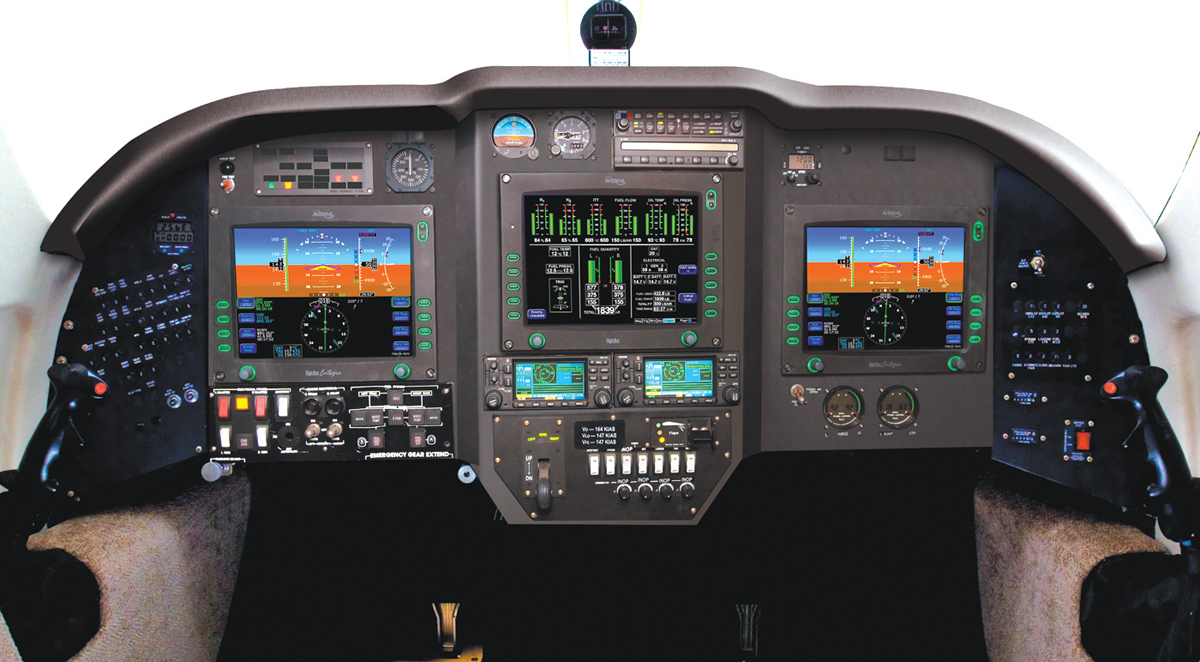
The power source was the most significant difference between the A700 and its predecessor. While the A500 relied on piston engines, the A700 was powered by two Williams FJ33 turbofans. These engines were mounted on the sides of the fuselage, unlike the centerline thrust arrangement in the A500. Consequently, the forward fuselage was extended by 4 feet to balance the twin rear-mounted engines.
However, the path toward realizing the Adam A 700 was challenging. On February 11, 2008, Adam Aircraft ceased operations, and on February 19, 2008, the company filed for Chapter 7 bankruptcy. This led to the development of the A700 coming to a halt, with no production models being certified or delivered.
In April 2008, AAI Acquisition Inc purchased Adam Aircraft from bankruptcy. The new owners expressed their intent to continue with the certification of the A700. This action led to the resumption of work on the A700 in May 2008 by Industrial Investments, the Russian company that purchased Adam Aircraft. Although the company initially intended to certify the A700 by the first quarter of 2010, the economic crisis of 2008 led to the suspension of development activities.
Interestingly, the Federal Aviation Administration accepted the previous certification data recorded by Adam Aircraft. This move would have significantly simplified certification efforts by the new company. However, in April 2009, Adam Aircraft again ceased operations and laid off all its staff, marking the end of the A700's development.
In April 2011, Triton Aerospace, the new holder of the type certificate, indicated that they would focus on the A500 and had yet to make plans to continue the development of the A700, even though they had two disassembled examples.
Despite its untimely end, the Adam A 700 remains a remarkable example of innovation in light business jets. Its unique design, use of cutting-edge technology, and the ambitious vision driving its creation continues to inspire the aviation industry. The Adam A 700 light business jet may have yet to realize its full potential, but its legacy continues to influence future aircraft design and development.
Adam A 700 Specifications
|
General Characteristics | |
|---|---|
|
Crew |
One or two pilots |
|
Capacity |
Four to six passengers, depending on cabin configuration |
|
Length |
40 ft 9 in (12.42 m) |
|
Wingspan |
44 ft 0 in (13.41 m) |
|
Height |
9 ft 7 in (2.92 m) |
|
Airfoil |
NASA LS(1)-0417 |
|
Empty weight |
5,550 lb (2,517 kg) |
|
Max takeoff weight |
9,350 lb (4,241 kg) |
|
Powerplant |
2 × Williams FJ33-4A turbofan engine, 1,350 lbf (6.0 kN) thrust each |
Performance
|
Performance | |
|---|---|
|
Maximum speed |
382 mph (615 km/h, 332 kn) |
|
Stall speed |
73 mph (117 km/h, 63 kn) |
|
Range |
1,611 mi (2,593 km, 1,400 nmi) |
|
Service ceiling |
41,000 ft (12,000 m) |
|
Rate of climb |
2,550 ft/min (13.0 m/s) |
